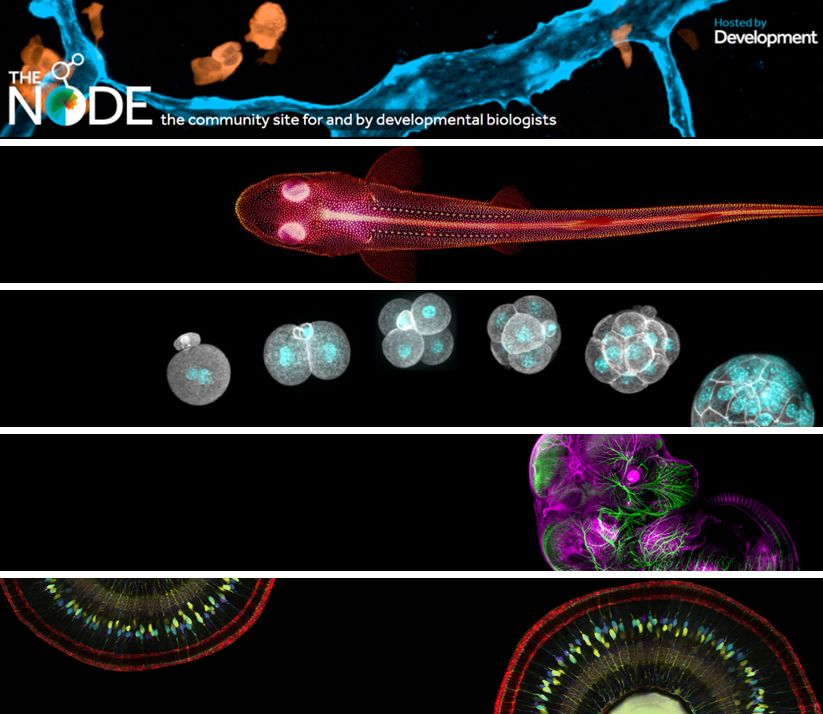
Member of IBRO-LARC @ibroorg.bsky.social

Explore recent research on Parkinson’s mechanisms, depression, sensory learning, neuroinflammation & more.
Find it here: https://www.sciencedirect.com/journal/neuroscience/vol/587/suppl/C
#IBROjournals #IBROauthors

Explore recent research on Parkinson’s mechanisms, depression, sensory learning, neuroinflammation & more.
Find it here: https://www.sciencedirect.com/journal/neuroscience/vol/587/suppl/C
#IBROjournals #IBROauthors
Don’t miss this opportunity to strengthen your emerging #neuroscience society or thematic network
https://ibro.org/grant/seeding-neuroscience-grants/
Deadline: 15 Oct
#IBROinAsiaPacific #IBROinAfrica #IBROinLatAm

Don’t miss this opportunity to strengthen your emerging #neuroscience society or thematic network
https://ibro.org/grant/seeding-neuroscience-grants/
Deadline: 15 Oct
#IBROinAsiaPacific #IBROinAfrica #IBROinLatAm


www.sdbonline.org/science_comm...
www.sdbonline.org/science_comm...
Share your work in #IBRO #Neuroscience Reports’ special issues on early career #research and on perspectives from #AfrAbia! 🧠🌍
Learn more: www.ibroneuroreports.org/call-for-pap...
#IBROjournals #IBROauthors @ibroorg.bsky.social

Share your work in #IBRO #Neuroscience Reports’ special issues on early career #research and on perspectives from #AfrAbia! 🧠🌍
Learn more: www.ibroneuroreports.org/call-for-pap...
#IBROjournals #IBROauthors @ibroorg.bsky.social
Join the WWN Speaker’s Bureau - a public platform designed to help event organizers find expert speakers in neuroscience.
🔗 Sign up or learn more: buff.ly/C5GXkOu
@worldwomenneuro.bsky.social

Join the WWN Speaker’s Bureau - a public platform designed to help event organizers find expert speakers in neuroscience.
🔗 Sign up or learn more: buff.ly/C5GXkOu
@worldwomenneuro.bsky.social
www.biorxiv.org/content/10.1...

www.biorxiv.org/content/10.1...
@ibroorg.bsky.social @ibrojournals.bsky.social

@ibroorg.bsky.social @ibrojournals.bsky.social
bsky.app/profile/fzol...

bsky.app/profile/fzol...

tol2kitkwan.genetics.utah.edu
Thank you for your patience!!
#zebrafish #transgenesis #plasmids #sharing
tol2kitkwan.genetics.utah.edu
Thank you for your patience!!
#zebrafish #transgenesis #plasmids #sharing
@ibroorg.bsky.social

@ibroorg.bsky.social
#conference #neuroscience @thebalelab.bsky.social

#conference #neuroscience @thebalelab.bsky.social
Este miércoles comienza el IV Congreso Nacional de Biociencias, organizado por la Sociedad Uruguaya de Biociencias (SUB)
Como en otras oportunidades, en el marco de ese evento realizaremos las XXI Jornadas de la SNU
+ info:
sociedadneurociencias.uy/jornadas-2025/
Los esperamos!



Este miércoles comienza el IV Congreso Nacional de Biociencias, organizado por la Sociedad Uruguaya de Biociencias (SUB)
Como en otras oportunidades, en el marco de ese evento realizaremos las XXI Jornadas de la SNU
+ info:
sociedadneurociencias.uy/jornadas-2025/
Los esperamos!
Mesa abierta: Neurociencias e Inteligencia Artificial 🧠💻
🗓️ Martes 27/5 17:15
📍 Espacio Colabora
Exponen:
Juan Carlos Valle Lisboa, Universidad de la República, Uruguay
Pamela Guevara, Universidad de Concepción, Chile
Diego Fernández Slézak, Universidad de Buenos Aires, Argentina

Mesa abierta: Neurociencias e Inteligencia Artificial 🧠💻
🗓️ Martes 27/5 17:15
📍 Espacio Colabora
Exponen:
Juan Carlos Valle Lisboa, Universidad de la República, Uruguay
Pamela Guevara, Universidad de Concepción, Chile
Diego Fernández Slézak, Universidad de Buenos Aires, Argentina
Asistencia libre!
Mesa abierta: Neurociencias e Inteligencia Artificial 🧠💻
🗓️ Martes 27/5 17:15
📍 Espacio Colabora
Exponen:
Juan Carlos Valle Lisboa, Universidad de la República, Uruguay
Pamela Guevara, Universidad de Concepción, Chile
Diego Fernández Slézak, Universidad de Buenos Aires, Argentina

Asistencia libre!
Organizan:
Álvaro Cabana. Facultad de Psicología, UdelaR @almadana.bsky.social
Juan Carlos Valle Lisboa. Facultad de Ciencias, UdelaR @lentobio.bsky.social
Sociedad de Neurociencias de Uruguay @socneurouy.bsky.social
Organizan:
Álvaro Cabana. Facultad de Psicología, UdelaR @almadana.bsky.social
Juan Carlos Valle Lisboa. Facultad de Ciencias, UdelaR @lentobio.bsky.social
Sociedad de Neurociencias de Uruguay @socneurouy.bsky.social
🗓️ Martes 27/5 17:15
📍 Espacio Colabora
Exponen:
Juan Carlos Valle Lisboa, Universidad de la República, Uruguay
Paola Guevara, Universidad de Concepción, Chile
Diego Fernández Slézak, Universidad de Buenos Aires, Argentina

🗓️ Martes 27/5 17:15
📍 Espacio Colabora
Exponen:
Juan Carlos Valle Lisboa, Universidad de la República, Uruguay
Paola Guevara, Universidad de Concepción, Chile
Diego Fernández Slézak, Universidad de Buenos Aires, Argentina
Give us a visit: thenode.biologists.com

Give us a visit: thenode.biologists.com
¿Quieren sumarse a nuestro equipo docente?
Se abrió un llamado a concurso de pruebas para 1 cargo efectivo de AYUDANTE (Grado 1) de la Unidad Académica de Histología y Embriología
📆Inscripciones hasta el 3 de julio de 2025
www.histoemb.fmed.edu.uy/noticias/202...

¿Quieren sumarse a nuestro equipo docente?
Se abrió un llamado a concurso de pruebas para 1 cargo efectivo de AYUDANTE (Grado 1) de la Unidad Académica de Histología y Embriología
📆Inscripciones hasta el 3 de julio de 2025
www.histoemb.fmed.edu.uy/noticias/202...



